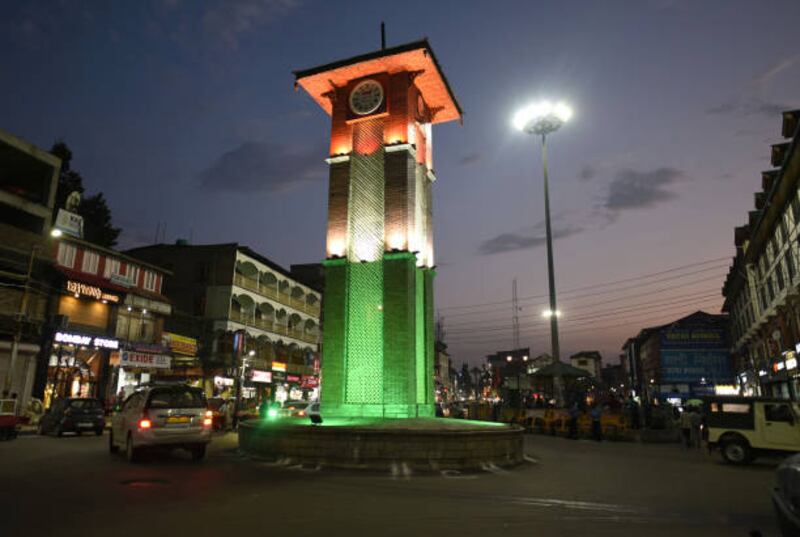Many will be surprised to learn that the union territory of Jammu and Kashmir is a front-runner in the third edition of the Sustainable Development Goals India Index as well as the Dashboard 2020-21 report released by Niti Aayog, the Indian government’s public policy think tank, in June. With the strengthening of grassroots democracy, the launch of several new development initiatives, and the extension of progressive and development-oriented central legislation, the union territory has emerged as a lead performer in the index. The region performed well on indicators pertaining to agriculture production, education, renewable energy, civic amenities, forestry and gender equality.
The guiding mantras of Insaniyat (Humanity), Jamhooriyat (Democracy) and Kashmiriyat (Identity of the people of Kashmir) continue to fuel the territory’s progress. In the past two years, government initiatives have included ensuring effective and transparent administration, developmental schemes focused on individual beneficiaries and accelerating the implementation of long-pending projects. The District Development Council (DDC) elections held last November and December marked a new chapter in the political domain. This was the first time people’s representatives were elected at all levels of local self-government in Jammu-Kashmir. All regional parties took part in the election. More than three million registered voters exercised their suffrage. More than 4,000 candidates, including at least 450 women, were in the fray for the 280 DDC seats spread across the 20 districts. A policy to reserve 33 per cent of the seats for women was implemented. Furthermore, Prime Minister Narendra Modi’s meeting with leaders of the region’s main political parties in New Delhi in June has raised hopes for the continuation of the ongoing political process in Jammu-Kashmir.
The territory, meanwhile, has managed the Covid-19 situation better than other parts of India. Cumulatively, 11.7 million tests have been carried out, thereby leading to a high number of tests per million people being registered every day. About 20,000 beds were set up in Covid Care Centres across the territory. As of August 1, there were 1,121 active Covid-19 cases recorded, with about 6.3 million people vaccinated and 316,000 others having recovered. All its districts are in the Covid-19 green zone, with the test positivity rate dropping to 0.2 per cent. Thirteen districts have achieved 100 per cent vaccination for people over the age of 45, with the overall coverage for the over-45 category across Jammu-Kashmir standing at 99.9 per cent. It is estimated that at least 60 per cent of the population will be vaccinated with the first dose by the end of August. To further strengthen the health infrastructure, two All India Institutes of Medical Sciences are being constructed, as are two cancer institutes, seven medical colleges and 15 nursing colleges.
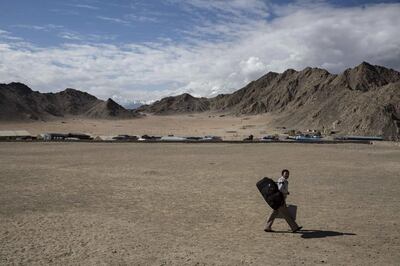
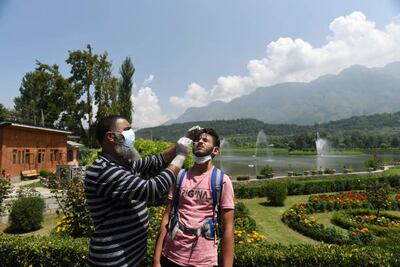
Over the past year, Jammu-Kashmir has emerged as one of the best regions for developing transportation networks. In the coming year, the government is planning to invest more than $300 million in building and revamping its road and rail networks. One such project is the Udhampur-Srinagar-Baramulla rail link that includes the world’s tallest railway bridge, of 359 metres, over Chenab River. Upon completion, it will connect the Kashmir valley to the plains, making the movement of people and freight much easier. An all-weather tunnel, built at an elevation of 1,790 metres to connect Kashmir with the rest of the country, will be open to the public later this year. With a focus on clean energy, Jammu-Kashmir has begun focusing on hydropower projects using a "run-of-the-river" model, whereby the natural flow and elevation drop of a river are used to generate electricity. The past few months have seen a slew of announcements relating to a gas-pipeline project, the development of the capital Srinagar into a "smart city" and other initiatives.
There are also initiatives in place to help some of the less privileged groups within society.
The tribes of Gujjar and Bakkarwal, for instance, constitute about 15-20 per cent of Jammu-Kashmir's population. Their nomadic lifestyle had, so far, kept them out of various national census exercises. These communities play an important role in the conservation of the region's ecologically sensitive forests, but it was only in 2019 that they were given rights to freely access, independently manage and govern forest lands and other related resources; thereby providing livelihood security and a hope for future generations. Simultaneously, in May, the government launched a survey of all migratory and tribal populations to help nomadic communities access government schemes and development programmes. Another neglected section of society, comprising sanitisation workers from the Valmiki community, has been recognised and given access to education, employment, the right to vote, and other basic rights.
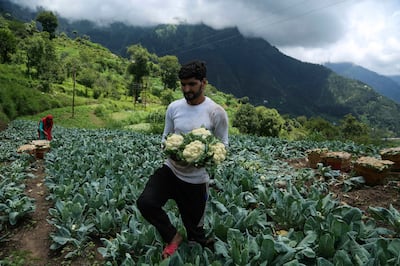
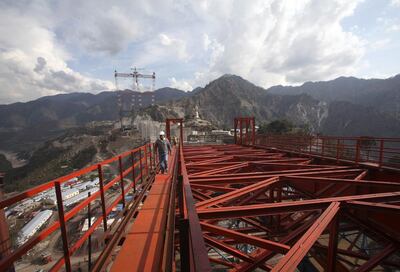
Over the past two years, efforts have been made to create digital infrastructure, expanding usage and simplifying government processes. In 2019, the government began a programme to digitise offices, create public grievance cells and scorecards to evaluate the work of local government institutions. In July, these institutions were integrated into the digital world. To support children’s online education, the government has integrated teachers and students into the knowledge network programme and created IT labs and computer-aided learning centres. Recently, Jammu-Kashmir launched two mobile applications that allow its residents to register and track grievances. A newly introduced digital platform also allows citizens to track public spending and funds allocated for all infrastructure and construction work. Despite its challenges, the territory is firmly on the path of digital disruption.
The Indian government has identified the creation of a local industrial base and a workforce with skills that can be gainfully employed as an important factor to achieve sustainable growth. Apart from announcing its "Industrial Policy 2021-30" to provide incentives to all new industrial units being set up in the region, the government has also introduced a new skill development programme with the purpose of providing training to 10,000 youth to enhance their skills for the job market. Hundreds of new vocational centres and labs have been established. A new single-point clearance system has been established to drastically reduce the number of approvals required. There is also a renewed focus on the agriculture and horticulture sectors, which employ the largest segment of the region's population. Meanwhile, a geographical indication (GI) tag has been given to export-driven agricultural products such as Kashmiri saffron, and efforts are under way to provide GI tags to such products as the Gucchi mushroom, one of the world’s more expensive mushrooms grown in the region.
As such, in 2021, Jammu-Kashmir’s GDP is expected to grow at 7.5 per cent.
Jammu-Kashmir is at an inflection point of development. The progress that has already been achieved indicates a path towards sustainable growth. And the Government of India will continue to strive until the region achieves its fullest potential in line with the ideals of the Indian Constitution.
